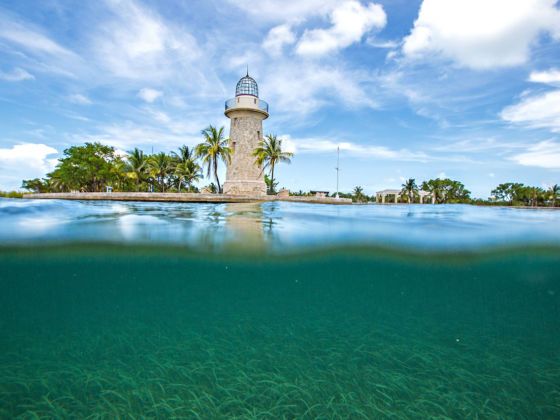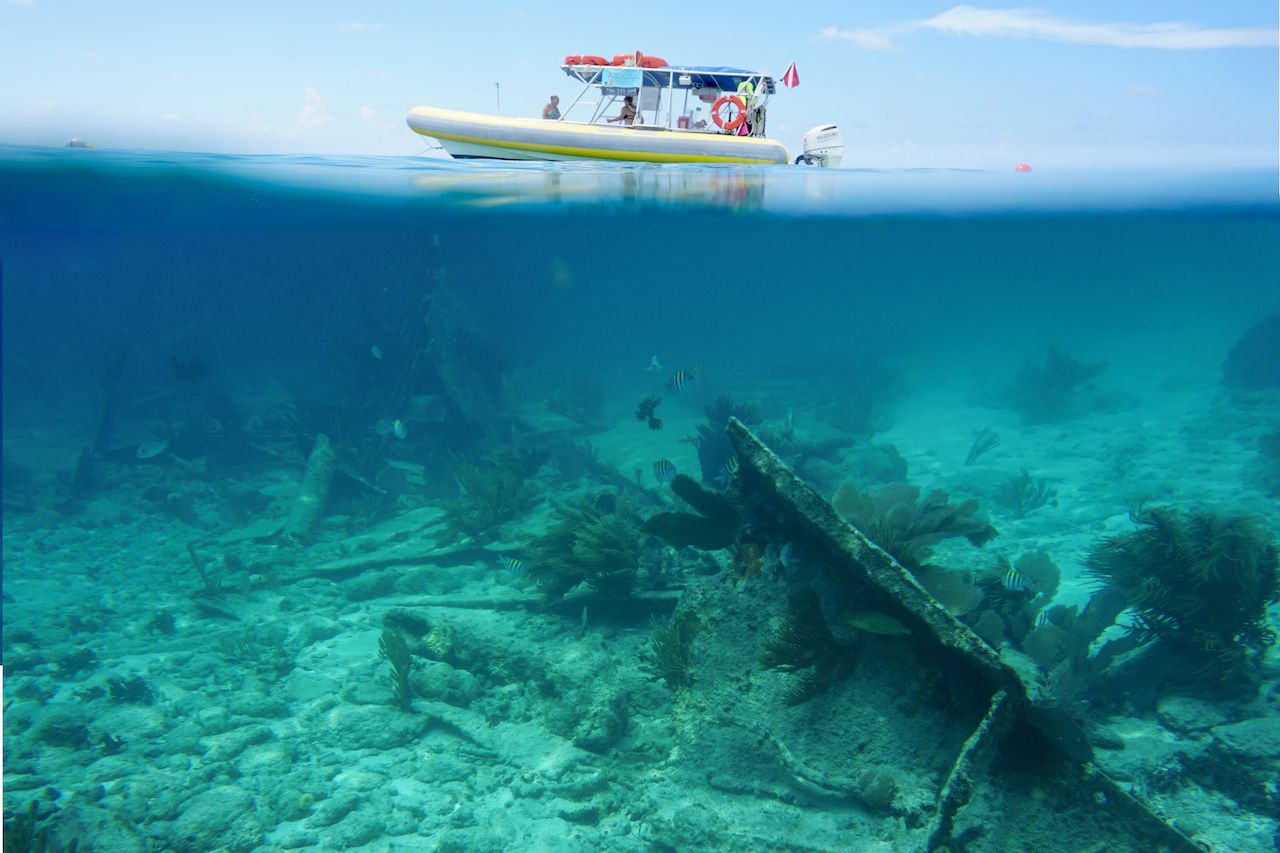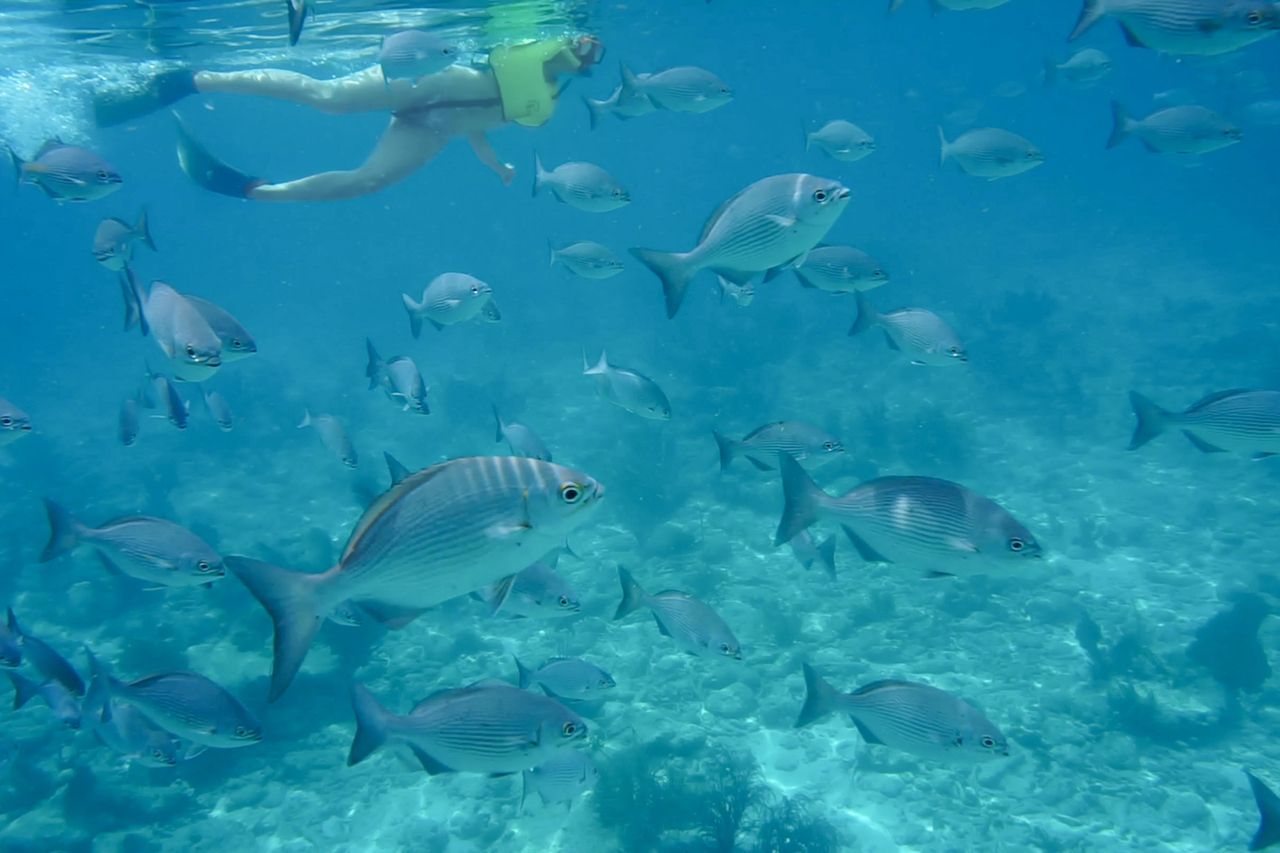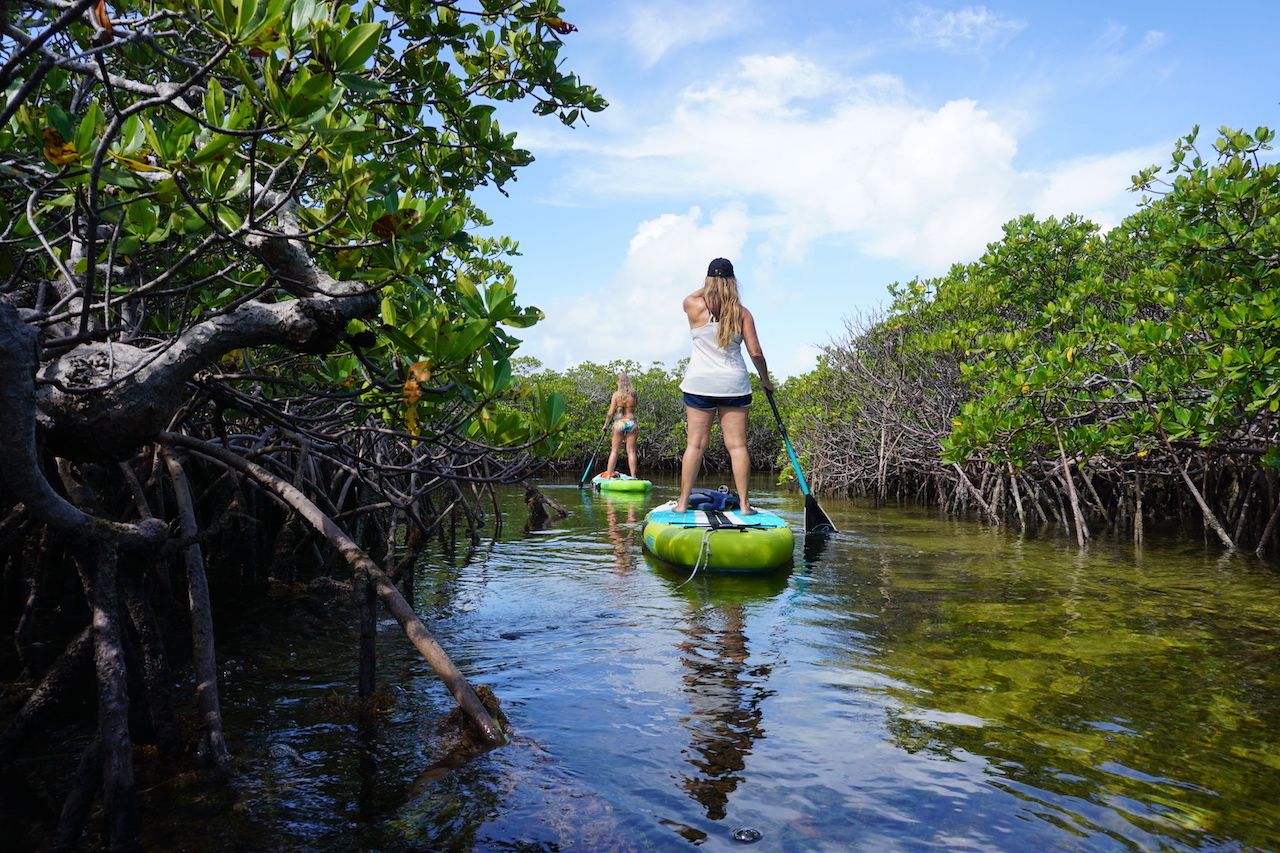Lost in the music video glamor of South Beach is the natural beauty of South Florida. Not so much the parades of statuesque people you see parading around, because most of that’s not natural anyway. But more the nature you find beyond the sea of neon lights and glass towers, home to some stunningly unique ecosystems.
You’re probably familiar with the Everglades, or have at least heard of them. But further south you’ll find a purely Floridian take on a national park, full of turquoise waters, colorful reefs, majestic mangroves, and historic shipwrecks. It’s Biscayne National Park, covered almost entirely by water and a little-known national treasure. It’s only about an hour from Miami by car, and the ideal day trip to escape the city’s feverish pace.



